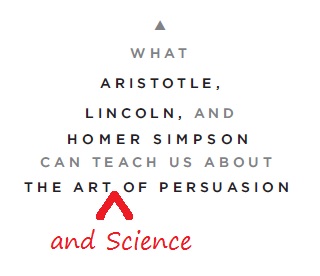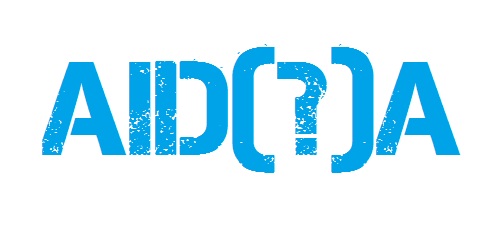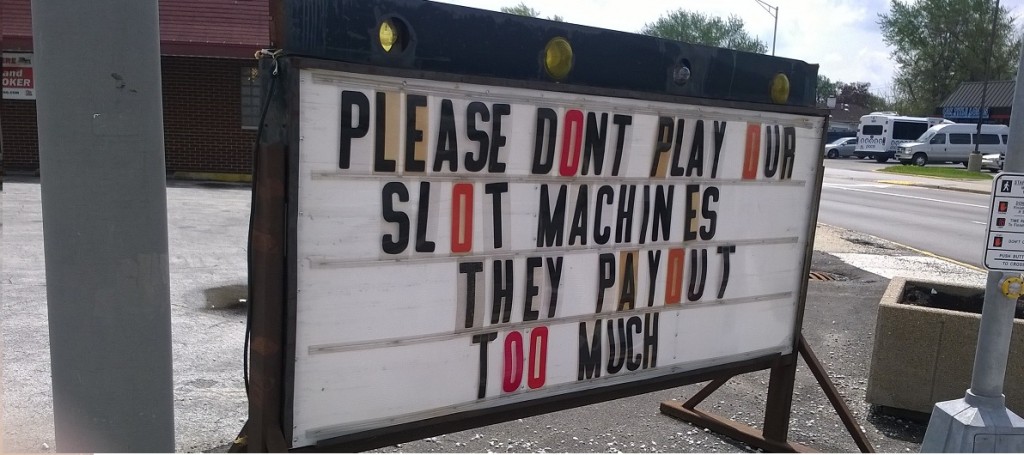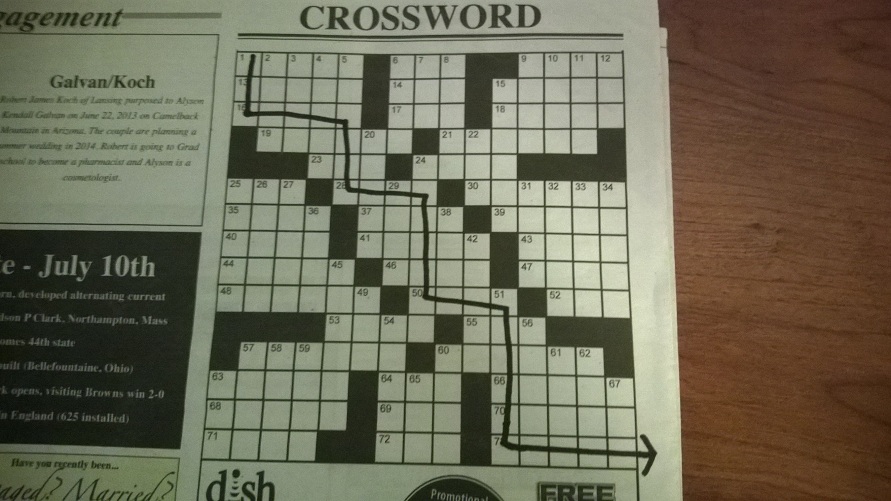Greg Ciotti called it “The Shocking Truth.”
What’s more shocking than the “truth” uncovered in the article is the sloppiness of the method used to uncover it.
“The conversation around brand loyalty has been on a steady decline since the advent of social media,” says Ciotti.
“Ever since the term “engagement” snuck into the picture, marketers have been blowing smoke about how important it is to regularly engage with customers, touting the untold benefits of regular contact.
“The problem is that this belief couldn’t be further from the truth. Most consumers do not care about how much you engage with them–and I have the data to prove it.”
That data comes from a 2012 article in the Harvard Business Review, “3 Myths about What Customers Want.” I’ll save you the trouble of having to read the article: the myths are that 1) customers want relationships with brands, 2) interactions build relationships and 3) the more interaction, the better.
According to HBR’s study, 77% of people say they don’t want relationships with brands. Of the people who had established brand relationships, 64% of them say that “shared values” are the main reason they maintain those relationships.
The shocking truth is that marketers are still trying to understand their craft based on what people say instead of what they do.
“How should you market differently?”
In light of the 3 myths, the writers of the HBR articles suggest you should change your marketing strategy in the following ways:
- “Stop bombarding consumers who don’t want a relationship with your attempts to build one”
- Focus more discounts, because that’s what consumers say they really want when interacting with brands, at least online
- “To build relationships,” with the few customers who want them, “start by clearly communicating your brand’s philosophy or higher purpose.”
- “Instead of relentlessly demanding more consumer attention, treat the attention you do win as precious… When it comes to interacting with your customers, more isn’t better.”
This advice isn’t completely toxic, but there’s enough poison in the cup to cause some real damage.
In short, this article tells marketers to charge less, communicate less and stare at their own navels more (that is where USPs usually hang out, you know). How does that sit with you?
Why You Shouldn’t Charge Less
Discounting is a dangerous race to the bottom of a hill where nobody wins.
Everyone likes to save money when they can, but every day people happily trade money to get results they want: food, fashion, fun, etc. If you can satisfy a deep desire or necessity, people will pay you.
The greater the desire, the more they’ll be willing to pay.
The fewer places they can get similar results, the more they’ll be willing to pay.
The faster/more convenient/more emotionally gratifying your delivery is, the more they’ll be willing to pay.
Why You Shouldn’t Communicate Less
It’s very rare that you’ll win a customer the very first time he sees your name. Especially if you’re actively trying to avoid looking like you want to start a relationship.
Potential customers are usually in the process of forgetting you. Out of sight, out of mind. Being nonchalant seems “cool,” but sitting idle while all your competitors flirt with your prospects sounds like a bad idea.
Even after a prospect becomes a paying customer, it’s dangerous to be out of sight for too long. There are plenty of other suitors who would love to swoop in and steal your customers.
Why wouldn’t you make the most out of every relationship you’re involved in?
Where Brand Loyalty Really Comes From
In the original version of Ciotti’s article, a woman named Valerie left this comment:
“I hate Mc Donalds. They are the ideal of everything I hate…Yet some how I wind up at that Drive Thru kicking myself the whole time…They always seem to know what I need, when I need it and they are always there.”
This lady says “I hate McDonald’s.” Her actions prove otherwise — consistently.
What people say is often very different from what they do.
Valerie is also describing a brand relationship. Mickey D always knows what she wants and is there to supply it. Are shared values at the root of this relationship? Yes and no.
If McDonald’s concentrated one communicating its “philosophy or higher purpose,” do you think it would have resonated with Valerie’s own stated values? Probably not. The desire for quick convenience and relatively low prices won the day. (Not to mention the physical addiction caused by the chemicals in the food!)
People reveal their true values/priorities through their actions.
People actively seek brand loyalty. Rather, they seek to satisfy their needs and wants in the best way they know how. They’re not interested in your business except insofar as it appeals to their self-interest:
- Do you help them move closer to their short- and long-term goals?
- Do satisfy their desire to feel powerful, intelligent, attractive, special and/or connected?
- Do you give them hope?
- Does buying from you enhance their self-image?
- Do you make good things happen faster for them?
- Do you prevent bad things from happening to them?
- People make their decisions (who to pay attention to, who to spend money with, stay out of relationships with) based on who they perceive can best scratch those deep-seated itches in their minds.
That’s how you build value in the mind of your customer.
If you’re providing such great value, would customers ask you to communicate less? No! They want to hear from you more. Would they demand that you charge less? Not if you’re offering something they treasure more than the money you’re asking for.
THAT is how brand loyalty is earned








